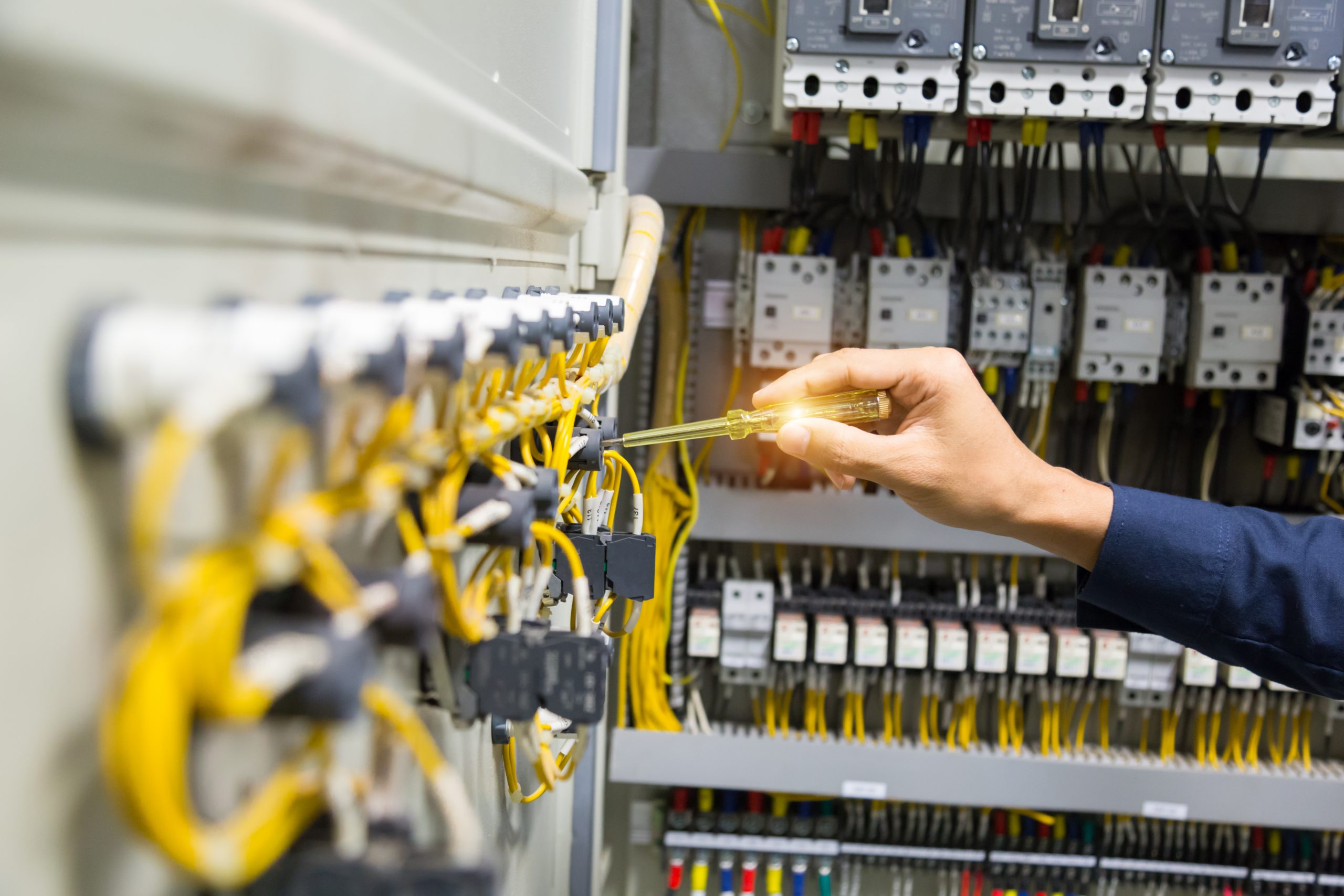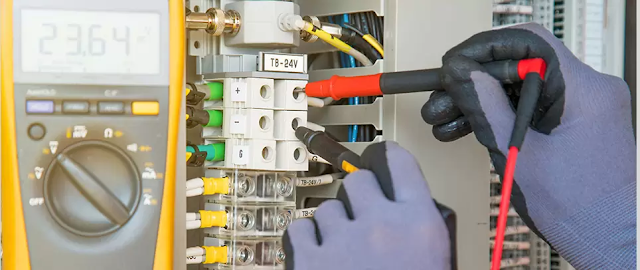Basics Of Variable-Speed Drives (Vsd) And Power Electronics
The use of variable speed drives is becoming more and more popular. In the past, only large companies were able to afford this technology. Now that it has become more affordable, many people are considering it for their homes and businesses. This article will discuss what a variable-speed drive (VSD) is and how it works to control the speed of a motor.
You'll learn about some common characteristics of Vsd Electrical as well as when they're appropriate for different applications like industrial machinery or household appliances like refrigerators and dishwashers. By the end of this article you'll understand why you should consider adding one of these useful devices to your home or office!
What is a Variable Speed Drive?
When you think of a variable speed drive (VSD), your mind probably jumps to the car you drive or the motor that runs the elevator in your office building. These are examples of AC motors, which use alternating current (AC) to generate torque to turn a shaft, but they aren't all that common. Most motors use DC, so what's with all this AC business? Are all VSDs also known as Variable Frequency Drives (VFD)?
A little background: A motor converts electrical energy into mechanical energy—basically, it makes things move. In order for an AC motor to work properly, it needs to be able to control its speed based on feedback from sensors and/or controllers.
This is where VSDs come into play: They're used for many different applications ranging from manufacturing equipment like conveyors and robotics systems; mining vehicles like drills; construction equipment like loaders and excavators; even food processing machines such as ice cream makers!

VSD Functioning
- A VSD is a control device that can vary the speed of an electric motor, usually by adjusting the voltage to the motor.
- A VSD can be used in industrial processes, manufacturing equipment and processing plants where a variable-speed process is needed. For example, a pump may need to be started at low speed and then gradually increase in speed as it fills up with liquid; once full of liquid it should slow down again until it reaches its maximum level for safe operation.
- A VSD does not replace an AC (alternating current) drive; an AC drive uses two separate motors: one for torque and one for velocity control. In contrast, a VSD uses only one motor but has two different power inputs: one input controls torque while another controls speed. It's important that these inputs do not overlap so that they do not create unwanted torque fluctuations (i.e., jerks). If there are no overlapping signals or disturbances on either side of your system (either electrical or mechanical), then you'll have complete control over torque and velocity -- which means zero jerkiness!
Conclusion
Now, you know what a VSD is and how it works. As we have seen, a VSD is an electronic device that allows you to control the speed of a motor using your computer or other electrical equipment.
You can use a Vsd Electrical for many different purposes, but in this article we focused on controlling the speed of an AC motor. Here’s what we covered: What is a Variable Speed Drive? How does it work? When should I use one? Finally, we discussed some advantages and disadvantages of using these devices.



Comments
Post a Comment